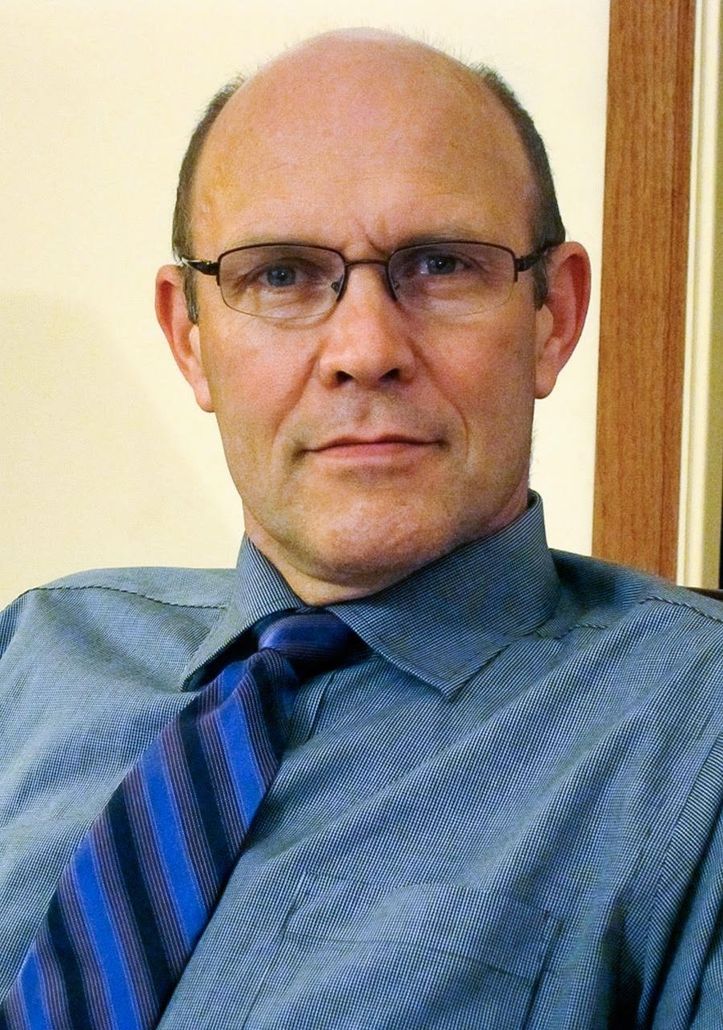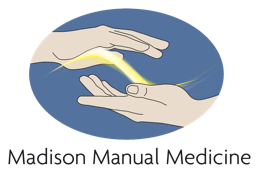
About

OMT has been used quite successfully at treating the following issues, among others:
Neck pain * Back pain * Non-cardiac chest pain * Post-traumatic headaches * Migraine headaches * Tension headaches * Heartburn * Bladder irritability * Sciatica * Irritable bowel * Recurrent ear aches * Sinus pain * Repetitive strains * Carpal tunnel, RSI * Sacroiliac pain * Groin pain * Balance issues * Foot and ankle pain
More about how I traveled into the field.
How I got to where I am. M.D.’s don’t typically offer osteopathic manual therapy services as it is not part of training in medical school or in most allopathic (MD based) residency programs. This is an explanation for how I became an odd duck. My first career in Medicine was working in Occupational Medicine which is a branch of Preventive Medicine that can be involved in primary prevention usually in the role of a company medical director or involved in secondary prevention which includes rehabilitation after injury has occurred. I was involved in treating and managing worker’s compensation injuries. There was a lot of pressure on treating physicians to limit the expenses of rehabilitation and to truncate the duration of treatment. Time windows were defined that limited how long someone had to recover after a type of injury or after a type of surgery. If a person was not able to fully return to their employment at the end of the time window and permanent light duty jobs were not available via their employer, the injured worker’s failure to return to function was often blamed on them. The most common explanation was one of malingering, feigning injury to avoid having to go back to work. After completing residency and taking my first job, I quickly realized that my training had not prepared me well for managing back and neck pain or upper extremity overuse problems, the majority of the problems I was expected to manage. I tried hard to read medical literature to upgrade my understanding, but it wasn't until I started taking some continuing education classes at Michigan State’s College of Osteopathic Medicine that I had any Aha! Moments. It was there I began to understand that biomechanical issues that did not necessarily have diagnosable tissue damage could have a profound impact on an individual’s ability to function. I gobbled up MSU’s course offerings, spent 5 months of a sabbatical training with one of my mentors from MSU and continued to take osteopathic courses from European osteopath’s who taught in the US. Twice I applied to Neuromuscular Medicine fellowships in the US, in 2000 and in 2010, but on both occasions was denied access due to not having attended an osteopathic school of medicine. (As of about 2016 it became possible for me to apply to such a fellowship but by then it was a bit late). By 2010 I had decided that I wanted to be able to provide OMT as my primary function as a physician, on a time frame that I felt honored the patient’s needs, to be free of production expectations of larger medical institutions. In 2011 I enrolled at the Canadian College of Osteopathy in Toronto. This was a 5-year part time program. It featured a comprehensive curriculum that focused on developing the hand and cognitive skills necessary to provide high quality osteopathic treatment. The curriculum spent its first 3 years addressing the bony parts of the body, spine regions, pelvis, upper and lower extremities, the cranium. The 4thand 5thyears focused on soft tissue dysfunctions, all the organ systems as well as many interconnections between the organs, the nervous system and bony parts. Additional training has focused on diagnosing and treating arteries, and aspects of post-concussion changes in the brain. I dabbled in osteopathic treatment up until 2011, since then it is what I do.
Occupational medicine is medical care for adults. My training programs have not provided me many opportunities to work on infants. My youngest patients while in practice in Madison have probably been age 2 or older. I am open to work on younger children at a parent’s request.
Hello,
Dr. Jed Downs
At Madison Manual Medicine our goal is to assist your body to remove barriers to movement, whether of joints, connective tissue or fluids within the body. Those restrictions can cause multiple types of symptoms and preclude you from having optimal function and health. We use osteopathic manual therapy (OMT), a hands on treatment approach capable of interacting with your body at multiple tissue levels.
Applications include:
- Treating chronic or subacute pain including: headache, tension and migraine, back pain, neck pain, and non-cardiac chest pain.
- Addressing changes that take place in the body after rapid acceleration or deceleration injuries, such as falls or motor vehicle accidents, commonly known as ‘whiplash injuries.’
- Various sports medicine applications, including treatment for overuse and lingering traumatic injuries.
- Addressing symptoms associated with syndromes that are otherwise poorly understood by the medical community.
OMT will not be able to reverse injuries such as torn ligaments or advanced osteoarthritis, but it can help your body adapt to those injuries, decreasing symptoms and improving function.
Treatment makes use of techniques selected to address the biggest impediments to normal function of your body first. As a provider I adapt additional treatments which respect your body’s response to a new level of freedom of movement.
Experience
With more than 9 years in the field, you’ll get the treatment you need.
Professional
I am trained and certified, and attend workshops on a regular basis.
Quality
You’ll receive professional, thorough, and effective quality service.
Accessible
On site appointments readily available with an easy appointment option.
